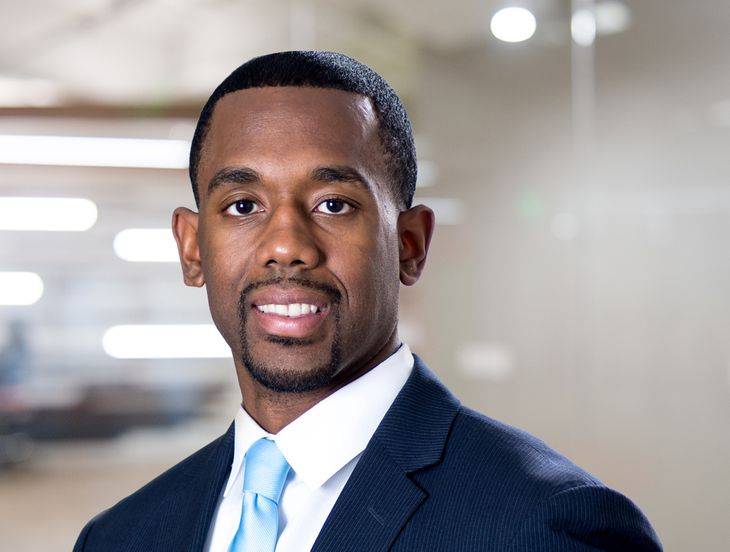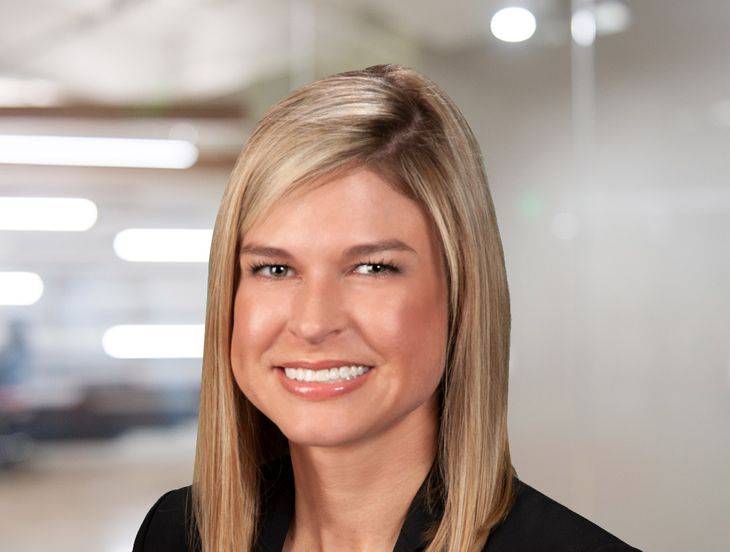FP Snapshot for Manufacturers: Top 3 Compliance Challenges Stemming from OSHA and Labor Board Collaboration
Insights
11.27.23
Welcome to this edition of the FP Snapshot on Manufacturing, where we take a quick snapshot look at recent workplace law developments and examine how they impact employers in the manufacturing industry. In this edition, we’ll discuss how a recent partnership between the National Labor Relations Board (NLRB) and the Occupational Safety and Health Administration (OSHA) will impact manufacturing employers.
What Happened?
Employers need to prepare for increased safety and health enforcement efforts from NLRB and OSHA after the two federal agencies announced on October 31 that they agreed to enhance information-sharing and cross-agency consultations, training, outreach, and education. The agencies aim to promote safe and healthy workplaces and protect workers who speak out about unsafe working conditions.
This agreement aligns with the recent interagency collaboration we’ve seen from the NLRB, which means employers may find themselves subject to even more scrutiny from multiple agencies. To learn more about this collaboration, you can read our full Insight here.
What Are the 3 Top Challenges for Manufacturing Employers?
- More Exposure to Enforcement Efforts. From a bigger picture perspective, the partnership will create an increased likelihood industry employers will be subject to investigations and enforcement efforts from both agencies. For example, an OSHA inspector has the right to speak with non-management employees and can ask what they think about safety complaints. Any implication of being mistreated for sharing information could be flagged as protected concerted activity under Section 7 of the National Labor Relations Act.
- Possible Uptick in Unfair Labor Practice (ULP) Charges. Whistleblower complaints are common in manufacturing. If a worker complains their team did not receive the right mask or safeguards, the agency partnership may give OSHA more incentive to share what it finds with the NLRB – which could lead to a safety-related ULP charge. On the flipside, when a ULP charge related to safety is filed, the NLRB is more likely to share what it finds with OSHA. All of this could lead to more robust charges from both agencies and the likelihood of having to defend the same action in parallel proceedings in different venues.
- Reducing Complaints. The most frequent complaints from manufacturing employees involve safety and related equipment. You should listen to employee safety concerns and ensure your team investigates all safety-related complaints. You must also diligently document the steps taken and information obtained during any workplace safety investigation.
What Can You Do to Mitigate the Risks?
The collaboration between the NLRB and OSHA highlights the importance of having solid policies in place regarding employee relations, workplace investigations, and documentation. Training supervisors on how to handle complaints is also essential, as is creating a cooperative environment focused on improving employee morale and maintaining a safe workplace. Ensuring that you have documented and implemented safety and health programs may save your workplace from the concerted enforcement efforts of OSHA and the NLRB.
Want More?
We will continue monitoring workplace law developments, so make sure you are subscribed to Fisher Phillips’ Insight system to have the most up-to-date information sent directly to your inbox. If you have questions, contact your Fisher Phillips attorney, the authors of this Insight, or any attorney on our Manufacturing Industry Team.
Related People
-
- Phillip C. Bauknight
- Partner
-
- JonVieve D. Hill
- Partner

